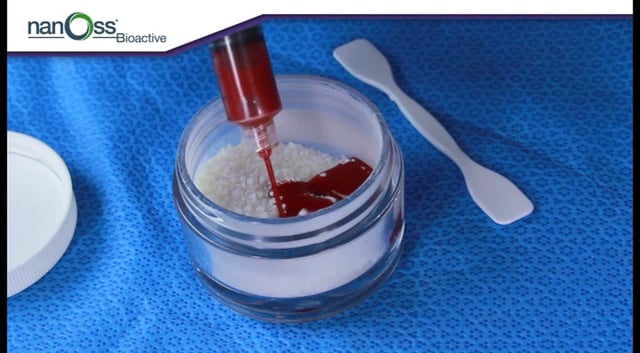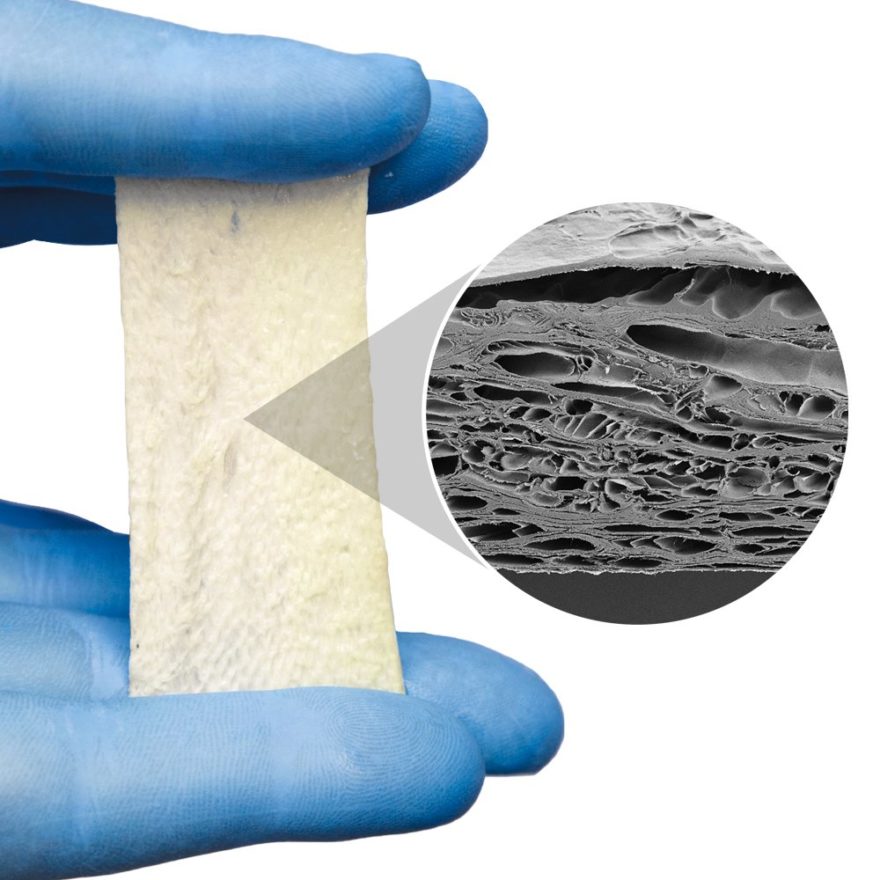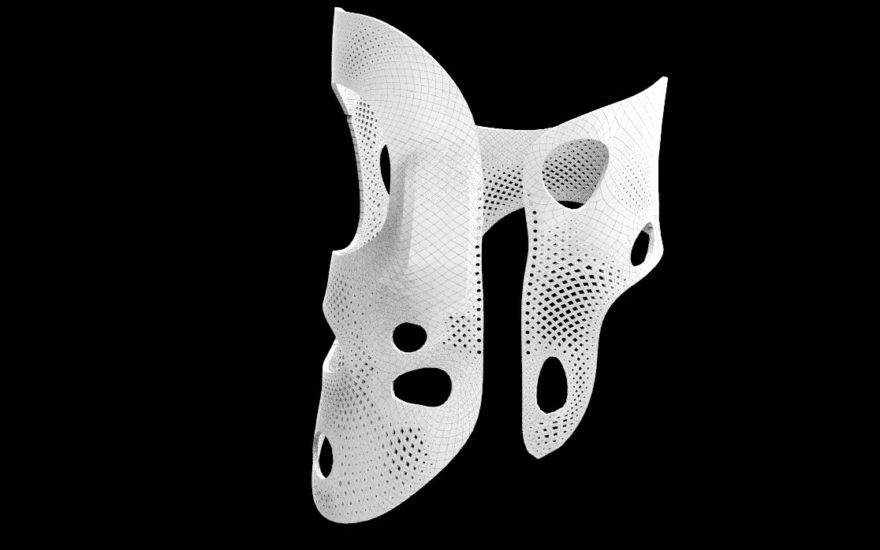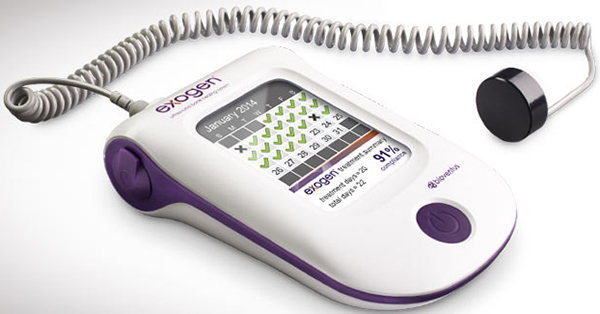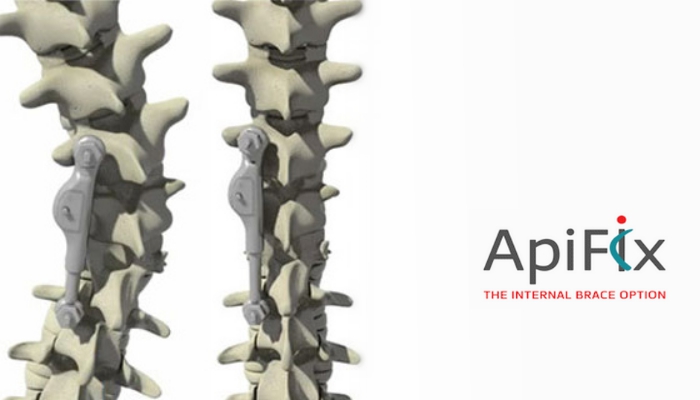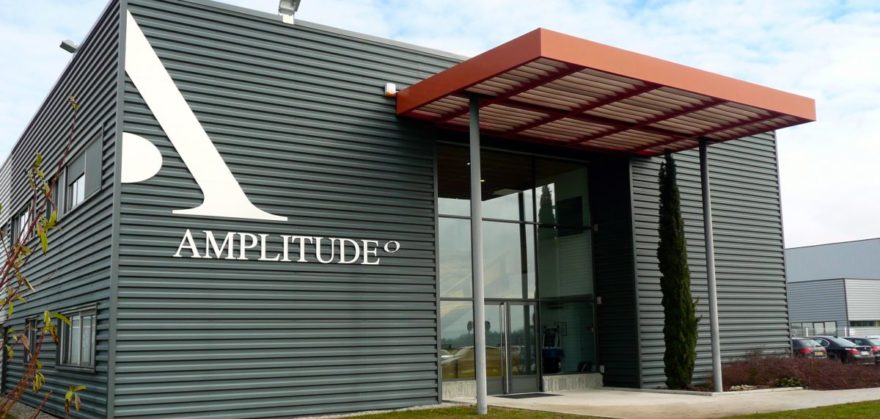One of the things that’s often hard for patients to understand is that when it comes to using stem cells for orthopedic conditions, the universities are way behind private-practice physicians. The good news is that we’re seeing some universities, like Stanford, Emory, and the Mayo Clinic, begin to embrace simple cell therapies. The bad news is that other universities are still way behind the average private-practice doctor in using these therapies. An example of that issue is a recently published amniotic stem cell review paper by physicians at Rush University in Chicago. These guys are likely well meaning, but they clearly have little knowledge of what’s not in commercially available amniotic tissues being sold on the market today.
What Are Amniotic Tissues?
While I’ve blogged on this topic many times, amniotic tissues are derived from the waste products of the delivery of a child—namely, the amniotic fluid that surrounds the baby as well as the birth sac and placenta. Given that these tissues are cheap and plentiful, they’ve been sold for many years for use in wound healing, neurosurgery, and ophthalmology. These same amniotic products have been more recently used in orthopedic injuries, despite a lack of data showing that they could help these problems. More concerning is that many physicians have been convinced by sales reps that commercially available amniotic tissues contain stem cells, but they, in fact, contain no live cells. Even more concerning is that many physicians extend this ruse to their patients, convincing them to spend big bucks on amniotic “stem cell” injections that, in fact, contain no stem cells.
Conflicts?
Before I read many papers, I always do a little snooping on the authors, just to see who they are, who they work for, and whether there may be bias in what they write. In this paper, they list 14 different companies that have funded research, paid royalties or speaking or consulting fees, or provided stock or stock options. While this isn’t automatically a significant conflict, three of the companies (NuTech, Arthrex, and Zimmer) make or vend amniotic tissues. Hence, the authors have conflicts of interest on this topic. Having said that, I run a large, international, medical-group practice that has chosen not to use amniotic stem cells, so some would say that I have the opposite bias.
The Familiar Amniotic Stem Cell Shuffle Is Alive and Well
Here’s my big concern with this paper. While I expect the usual rank-and-file uneducated physician to make the mistake that commercial amniotic products contain living stem cells, I don’t expect university physicians to make that same mistake.


